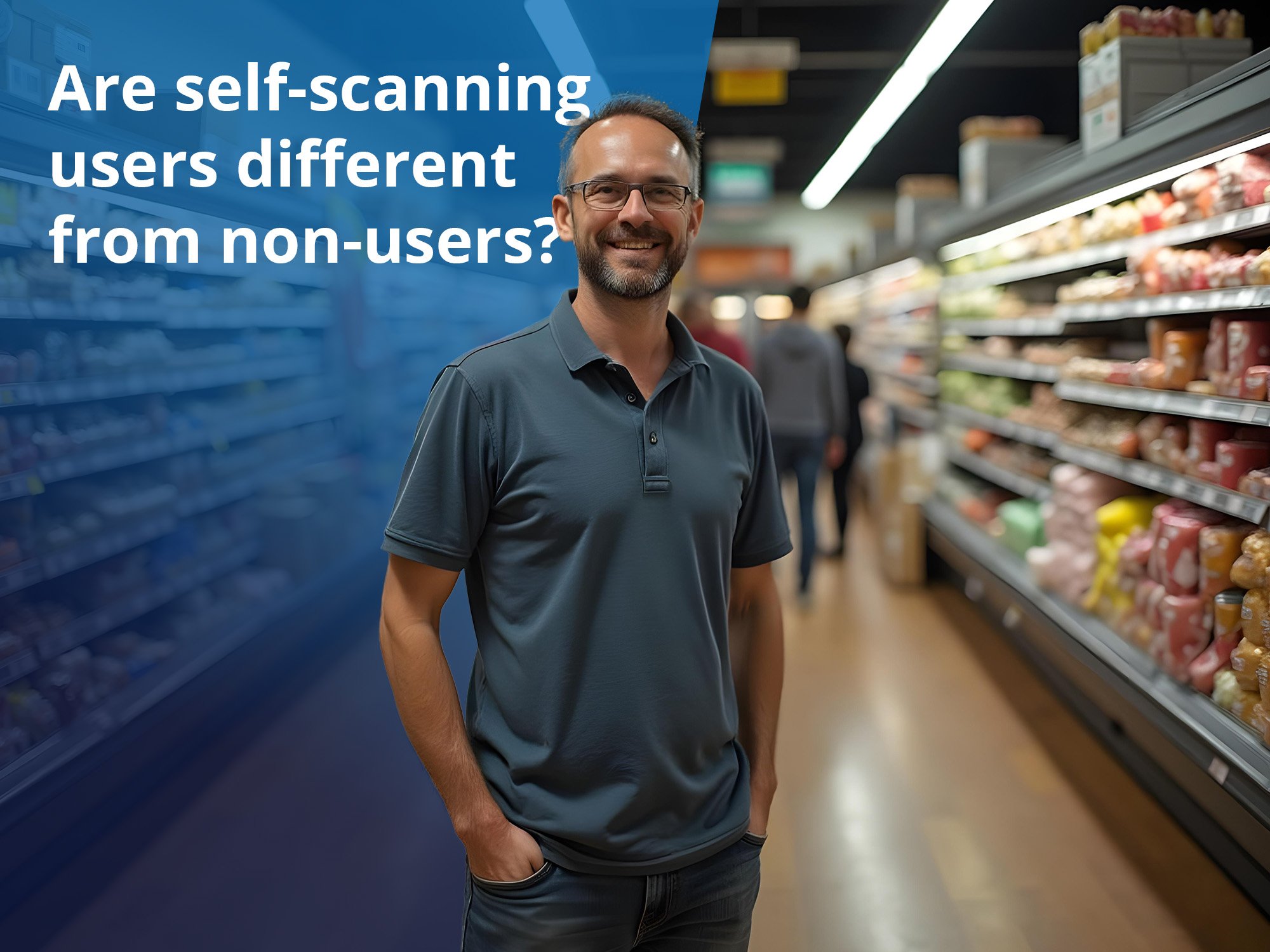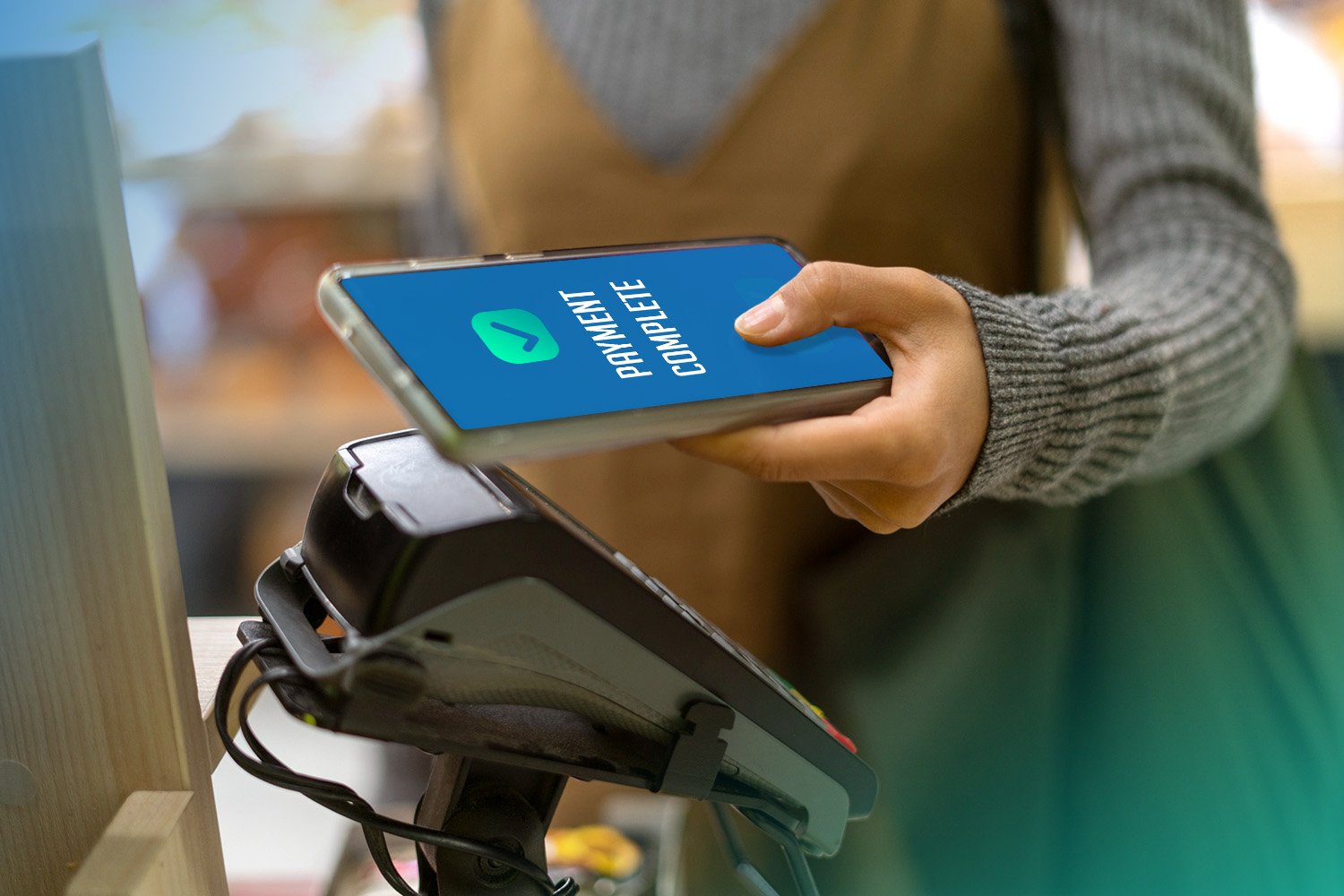Self-scanning feature: Age verification
Are you selling products that are not suitable for everyone? Some items may be prohibited to sell to individuals below a certain age, for various reasons. It is thereby important that there are some security features in place – also when using self-scanning. Learn more about the age verification feature connected to self-scanning here!
The age verification feature is a great way to ensure that age-related regulations are being followed.
As self-scanning provides shoppers with the opportunity to do their shopping more independently, some security measures are always needed, especially in order to comply with rules and regulations. Some of these rules are created by the retailer, others are enforced by authorities of that specific region or country. For example, did you know that the legal age to purchase alcohol in Europe varies? The minimum age to purchase alcohol in Cyprus and Malta is 17 years, whereas in Luxemburg it is 16 years.
There are other products that could need age verification as well, such as tobacco products, medicine or energy drinks. When it comes to tobacco and medicine, retailers are using various solutions to verify age:
digital id
fingerprint
automatic face recognition
With alcohol it can be more complicated. In Norway, Sweden and Finland for instance, the attendant not only have to verify that the shopper have reached the age to buy alcohol - they also have to verify that the shopper is sober enough. So there a manual verification is needed.
Regardless of location or product, it is important that the self-scanning solution is able to comply with these requirements, and to be flexible depending on which type of product it is.
Age controls online versus in real life
Not only in the physical world are age controls an important task. As the amount of online shopping has increased tremendously during the last decades, it has also been a necessity to implement some type of feature that attempts to verify the shopper’s age.
For online shopping, there are various methods in place that retailers use in order to verify that the potential shopper has reached the desired age. However, these features are usually not 100% reliable – they usually only release the seller from any responsibility, and don’t actually prevent any underage person from shopping. Pop-up windows where the visitor has to fill in a box stating that they are above the required age, hardly do any real difference.
But for in-store retail it is different, as there is an actual possibility to check and see if the shopper has reached the desired age. In the manual check-out, the staff can check the ID of anyone they suspect being underage. But as the various in-store solutions for shopping and check-outs has emerged, so has the need for more innovative ways of checking for ID. For example, self-scanning and self-checkout usually does not involve any physical interactions with the store staff. So how can retailers ensure that no underage individuals are shopping products that are forbidden?
Age controls when self-scanning
For those retailers that are considering implementing self-scanning but are cautious about whether or not the solution has any features for this type of issue, they need not to worry. As age limits for specific products is a well-known occurrence, several solid self-scanning software have this feature included.
The thought behind the feature is as simple as it is effective – the items that requires age verification will simply trigger a “manual check” when entering the check-out area of the store. For example, if a shopper is to purchase a beverage containing alcohol, they will self-scan as usual. But as they enter the check-out area for completing the purchase, they will need to be controlled by staff.
This type of control differs from a “random check” or other routines, as the purpose is only to verify the age of the shopper. The staff will know what type of check it is, and it will thereby be a relatively quick control.
How can retailers ensure a secure age control?
There are some things that need to be in place to make sure that the age control works satisfactory – both for the retailer and the shopper. Tedious or complicated routines will negatively affect both the staff and the end-customer, making the process seem more exhausting than useful. It can therefore be a good idea to select a self-scanning solution that handles the age controls efficiently, such as EasyShop.
But what needs to be in place for a fast but secure age control to be possible? Here are some things to keep in mind:
· Product Check: Make sure all products that needs to be controlled will trigger the control, are having the right “label” or “category”. For example, when adding a new product to the assortment that will require an age verification, make it a routine to also add this information to the system. This way, you will minimize the risk of selling items to anyone underage.
· Available staff: Is there anything more annoying than having to wait for a staff member, when a control is required? In order to maintain a high level of service, and to improve the shopping experience, make sure that staff is available in the check-out area for these controls.
· In-store information: Let the customers know what awaits. By informing customers who self-scan about the product and its age requirements, the retailer will minimize the risks of unpleasant surprises at the check-out stage. When using EasyShop, a pop-up will inform the shopper about the age limit, making it hard for customers to “miss” this rule.
Are age controls more flawed when doing self-scanning?
The short answer is no. Ultimately, the controls conducted when shopping items with an age restriction are done by the staff members. Therefore, there is no greater risk with self-scanning – as long as there is a smart software that triggers the controls for the selected products.
By having staff members that are available and knowledgeable about the routines and how to operate the self-scanning staff app, one can make sure to stay in control of the sales of these items. Moreover, by having the in-store information feature, already informing shoppers about the age requirements for selected items, it is possible to speed up the process even further – they are ready to show ID.
Self-scanning provides many benefits, even for retailers who are selling products with age requirements. By being able to customize which products to trigger the controls, retailers can make sure to only sell to those who old enough to buy. Safe, effective and easy.




